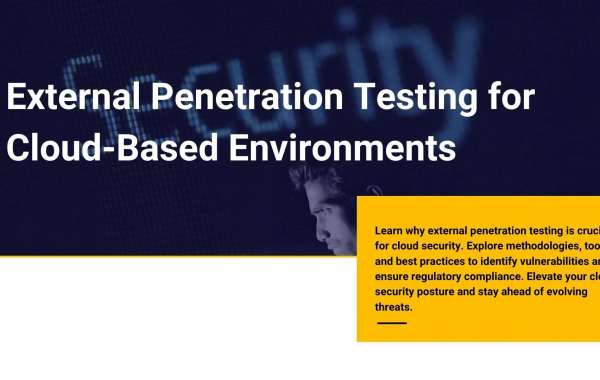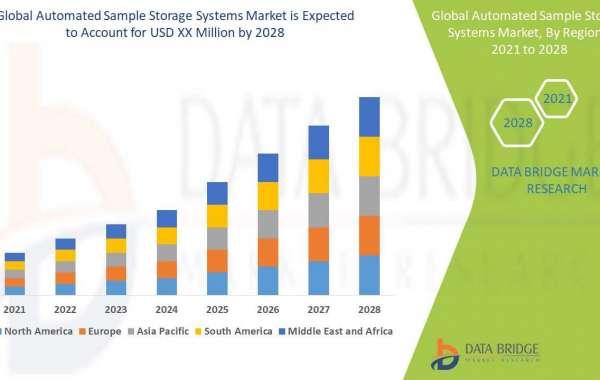External penetration testing, often referred to as ethical hacking, is a proactive security assessment conducted by cybersecurity professionals. The primary goal is to identify and exploit vulnerabilities in a system to assess its resilience against real-world cyber threats. In this article, we explore the nuances of external penetration testing specifically tailored for cloud-based systems.
Importance of External Penetration Testing for Cloud Environments
Cloud computing offers unparalleled flexibility and scalability, but it also introduces unique security challenges. External penetration testing in cloud environments is essential to uncover potential weaknesses that malicious actors might exploit.
Key Considerations for Cloud-Based Penetration Testing
- Unique Challenges in Cloud Environments: Cloud infrastructures are dynamic and complex, introducing challenges such as shared responsibility models and varying security controls across providers. Effective penetration testing must account for these intricacies.
- Regulatory Compliance and Cloud Security: Adherence to industry regulations and compliance standards is crucial in cloud environments. Penetration testing ensures that cloud-based systems meet the required security benchmarks, safeguarding sensitive data.
Benefits of External Penetration Testing in the Cloud
- Identifying Vulnerabilities in Cloud Infrastructure: External penetration testing goes beyond traditional security measures by actively simulating real-world attacks. This process helps identify vulnerabilities specific to cloud architectures.
- Ensuring Data Security in Cloud-Based Systems: Data is a prime target for cybercriminals. Cloud-based penetration testing assesses the effectiveness of security measures in protecting sensitive information stored and processed in the cloud.
Cloud Penetration Testing Methodologies
Traditional vs. Cloud-Specific Approaches
While traditional penetration testing methodologies are applicable, cloud-specific approaches are necessary due to the unique features of cloud environments. Cloud-focused tools and techniques enhance the effectiveness of testing.
Tools and Technologies for Cloud Penetration Testing
A variety of tools are available for cloud penetration testing, ranging from open-source solutions to commercial platforms. Security professionals leverage these tools to identify vulnerabilities and assess security postures.
Common Risks Addressed by External Penetration Testing
Data Breaches and Unauthorized Access
Cloud environments are lucrative targets for data breaches. External penetration testing evaluates the effectiveness of access controls, ensuring unauthorized access is detected and prevented.
Denial-of-Service (DoS) Attacks in Cloud Environments
External attackers may attempt to disrupt cloud services through DoS attacks. Testing methodologies include simulating these attacks to evaluate the resilience of cloud systems.
Continuous Improvement in Cloud Security
Ongoing Monitoring and Testing
The dynamic nature of cloud environments requires continuous monitoring and testing. Regular penetration testing adapts security measures to evolving threats, ensuring a proactive security posture.
Adaptive Strategies for Evolving Cloud Threats
As cyber threats evolve, so must security strategies. Cloud-based penetration testing supports the development of adaptive security measures that align with emerging threats.
Challenges in Cloud-Based External Penetration Testing
Complexity of Cloud Architectures
The complexity of cloud architectures poses challenges for penetration testing. Testers must navigate intricate structures to identify vulnerabilities that may be exploited.
Addressing Multi-Cloud Security Concerns
Organizations leveraging multi-cloud environments face additional security considerations. External penetration testing must address the nuances of securing data across diverse cloud platforms.
Regulatory Compliance in Cloud Security
Aligning Penetration Testing with Industry Regulations
External penetration testing ensures that cloud security measures align with industry regulations. This alignment is crucial for organizations operating in regulated sectors.
Legal and Ethical Considerations in Cloud Testing
Penetration testing involves simulated attacks, raising legal and ethical considerations. Clear guidelines and compliance with legal frameworks are essential to maintain ethical testing practices.
Choosing the Right External Penetration Testing Provider
Criteria for Selecting Cloud Security Experts
Selecting the right penetration testing provider requires evaluating expertise in cloud security. Criteria include experience with cloud platforms, certifications, and a thorough understanding of cloud architectures.
Evaluating Experience and Expertise
Experience in conducting cloud-based penetration tests is a key criterion. Assessing previous engagements, success stories, and client testimonials provides insights into the provider's expertise.
Cost Considerations in Cloud Penetration Testing
Balancing Security Investments with Business Budgets
While external penetration testing is a critical investment, organizations must balance security needs with budget constraints. Finding cost-effective solutions without compromising security is essential.
Long-term Value and ROI in Cloud Security
Cloud penetration testing provides long-term value by preventing potential breaches. Assessing the return on investment (ROI) involves considering the lasting impact on security and the organization's overall risk posture.
Future Trends in Cloud-Based Penetration Testing
Integration of AI and Machine Learning
The integration of artificial intelligence (AI) and machine learning (ML) enhances the efficiency of penetration testing. Automation and intelligent algorithms improve threat detection and response times.
Predictive Security Measures in Cloud Environments
The future of cloud-based penetration testing involves predictive security measures. Anticipating threats and proactively addressing vulnerabilities will be crucial in an evolving threat landscape.
Conclusion
In conclusion, external penetration testing for cloud-based environments is indispensable for organizations leveraging cloud services. This article highlighted the importance, benefits, methodologies, and best practices, emphasizing the need for continuous improvement and addressing emerging challenges.
Regular external penetration testing ensures that cloud security measures evolve alongside emerging threats. Organizations must prioritize proactive security measures to safeguard their data in dynamic cloud environments.
Frequently Asked Questions (FAQs)
Question 1: How often should external penetration testing be conducted in the cloud?
Answer: External penetration testing in the cloud should be conducted regularly, ideally following significant changes in the cloud environment or at least annually.
Question 2: Are there specific tools designed for cloud-based penetration testing?
Answer: Yes, several tools are specifically designed for cloud-based penetration testing, offering features tailored to assess the unique security challenges of cloud environments.
Question 3: What legal considerations should organizations keep in mind during cloud penetration testing?
Answer: Organizations should ensure compliance with legal frameworks and obtain explicit consent for penetration testing activities to address legal and ethical considerations.
Question 4: How does predictive security in cloud-based penetration testing enhance cybersecurity?
Answer: Predictive security measures leverage AI and machine learning to anticipate potential threats, allowing organizations to proactively address vulnerabilities before they can be exploited.
Question 5: Is multi-cloud security more challenging to assess through external penetration testing?
Answer: Yes, multi-cloud security presents additional complexities, and external penetration testing must address the nuances of securing data across diverse cloud platforms.










